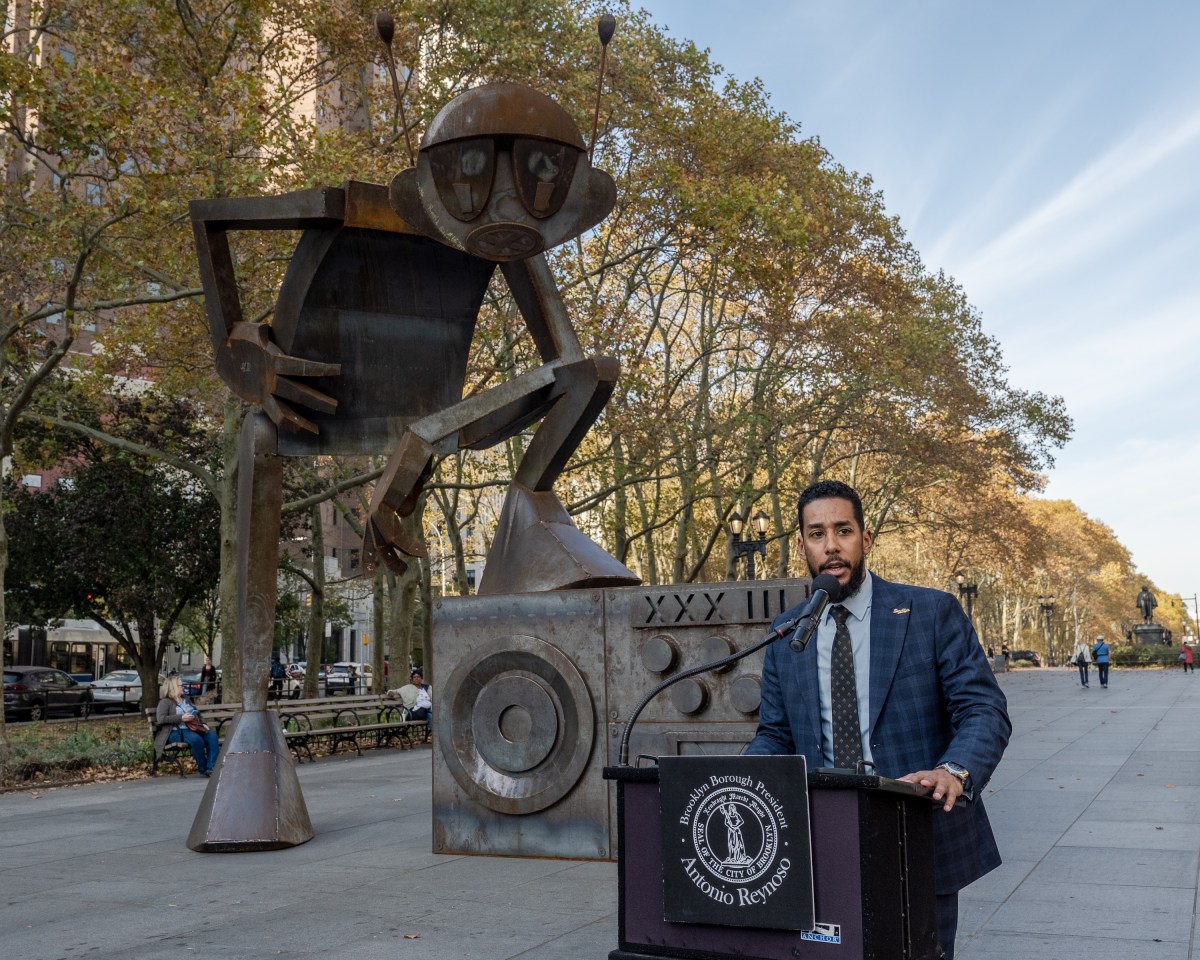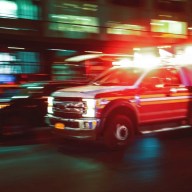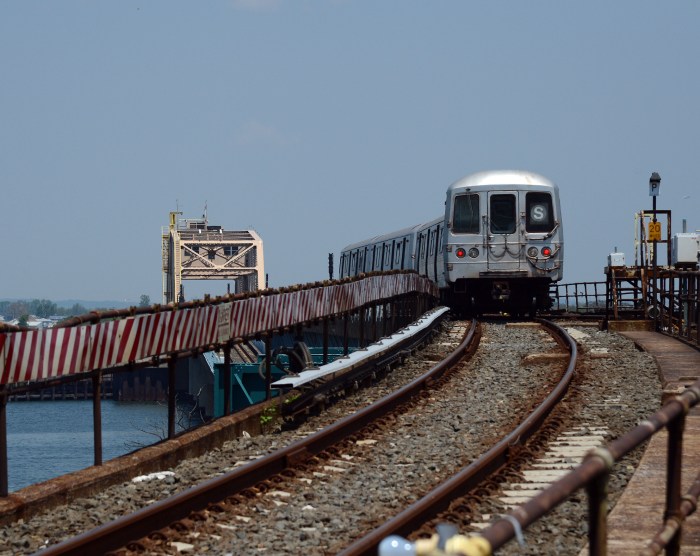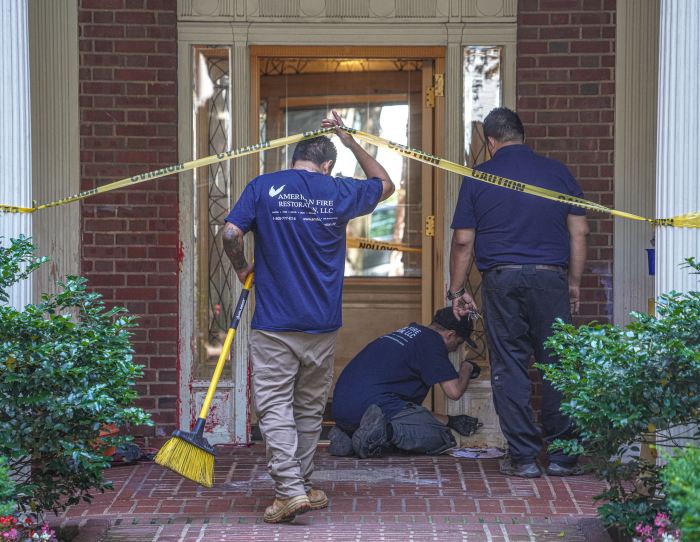A record-breaking 100 million Americans are expected to travel over the four-day Christmas holiday period, and Christmas Eve will be the worst day to travel in New York City.
The lowest gas prices since 2009 and a stronger economy are fueling the surge of people traveling 50 miles or more during the holiday, according to AAA.
The worst day to drive in New York City over the holidays will be Thursday, according to data from the smartphone app Waze.
The company relies on crowdsourced information from drivers, and is used by 1.9 million motorists in New York City, as well as 50 million people nationally. It also shares information from the NYPD on road closures for major events.
On top of congestion on Christmas Eve, there is a 42% increase in car crashes, and an almost 30% boost in hazard reports in New York City compared with an average from the two weeks before the holidays and after, the company’s data shows.
Hazards locally include potholes, vehicles stopped on the road, construction, and objects on the road such as a tree branch or fallen sign.
Nationally, the worst day to travel during the week of Christmas is Wednesday, Waze says. Drivers typically hit the roads for holiday travel around 11 a.m. Congestion peaks that afternoon between 3 and 6 p.m. as more motorists leave work for holiday travel.
Sunday — the end of the holiday weekend — is also a nightmare on the roads, with a combination of heavy traffic congestion, traffic crashes, and other police alerts.
If drivers can take Monday off from work, it’s a much smoother day to drive home.
Flyers can also expect New York City metropolitan area airports to be mobbed. Between Dec. 17 and Jan. 1, almost 6 million passengers will fly through the JFK, LaGuardia, and Newark airports.
JFK will see 2.5 million flyers, and 1.6 million people will travel through LaGuardia. Another 1.7 million will fly to or from Newark.
Airfares are down 6%, an average of $174 a flight roundtrip compared with last year, according to AAA. Hotel and car rental prices are up, however.
More than 90% of Americans who take trips will drive, or more than 91 million people. AAA says they expect almost a million drivers will be stranded and call the association for help, due to flat tires, dead batteries, and motorists locked out of their cars.
Another 5.8 million people will fly, and 3.5 million travelers will take buses, trains, and cruises.
































